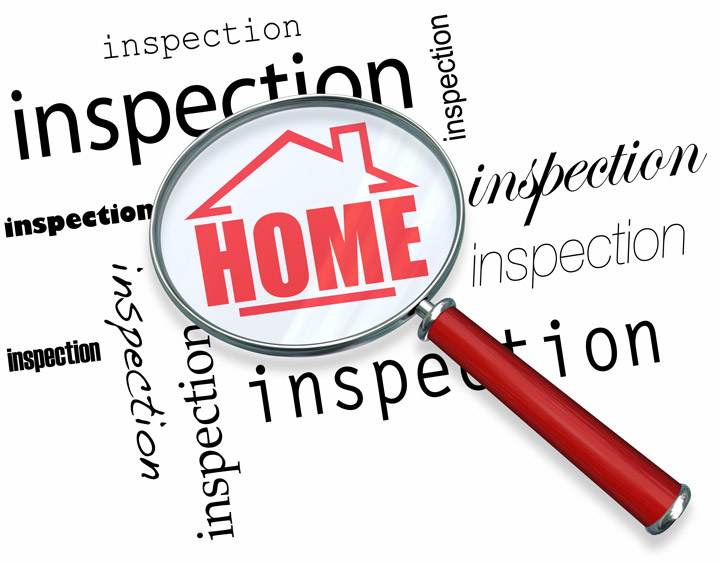
An Overview of the Appraisal ProcessBuying a house can be the largest financial decision many could ever consider. It doesn't matter if where you raise your family, a second vacation home or one of many rentals, the purchase of real property is an involved transaction that requires multiple parties to pull it all off. Most people are familiar with the parties having a role in the transaction. The real estate agent is the most familiar face in the transaction. Then, the mortgage company provides the money needed to finance the deal. And ensuring all areas of the sale are completed and that the title is clear to transfer to the buyer from the seller is the title company. So, what party is responsible for making sure the value of the property is consistent with the purchase price? This is where the appraiser comes in. We provide an unbiased opinion of what a buyer could expect to pay — or a seller receive — for a parcel of real estate, where both buyer and seller are informed parties. A licensed, certified, professional appraiser from Hawkins Real Estate Advisors will ensure, you as an interested party, are informed. Inspecting the subject propertyTo determine the true status of the property, it's our duty to first perform a thorough inspection. We must physically view features, such as the number of bedrooms and bathrooms, the location, and so on, to ensure they truly exist and are in the shape a typical buyer would expect them to be. To ensure the stated square footage has not been misrepresented and describe the layout of the house, the inspection often requires creating a sketch of the floorplan. Most importantly, the appraiser identifies any obvious features - or defects - that would have an impact on the value of the property. Once the site has been inspected, an appraiser uses two or three approaches to determining the value of the property: paired sales analysis and, in the case of a rental property, an income approach. 
Cost ApproachHere, we analyze information on local construction costs, labor rates and other elements to figure out how much it would cost to build a property comparable to the one being appraised. This value often sets the upper limit on what a property would sell for. The cost approach is also the least used predictor of value. 
Paired Sales AnalysisAppraisers get to know the subdivisions in which they appraise. They innately understand the value of particular features to the people of that area. Then, the appraiser researches recent sales in the vicinity and finds properties which are 'comparable' to the property being appraised. Using knowledge of the value of certain items such as remodeled rooms, types of flooring, energy efficient items, patios and porches, or extra storage space, we add or subtract from each comparable's sales price so that they are more accurately in line with the features of subject property.
After all differences have been accounted for, the appraiser reconciles the adjusted sales prices of all the comps and then derives an opinion of what the subject could sell for. At Hawkins Real Estate Advisors, we are an authority in knowing the worth of real estate features in Mayfield and Graves County neighborhoods. This approach to value is most often awarded the most weight when an appraisal is for a home purchase. Valuation Using the Income ApproachIn the case of income producing properties - rental houses for example - we may use an additional way of valuing a house. In this scenario, the amount of revenue the real estate yields is factored in with other rents in the area for comparable properties to determine the current value. Putting It All TogetherExamining the data from all applicable approaches, the appraiser is then ready to stipulate an estimated market value for the subject property. The estimate of value on the appraisal report is not necessarily the final sales price even though it is likely the best indication of what a property is worth. It's not uncommon for prices to be driven up or down by extenuating circumstances like the motivation or urgency of a seller or 'bidding wars'. But the appraised value is often employed as a guideline for lenders who don't want to loan a buyer more money than they could recover in the event they had to sell the property again. The bottom line is, an appraiser from Hawkins Real Estate Advisors will help you get the most fair and balanced property value, so you can make wise real estate decisions. |